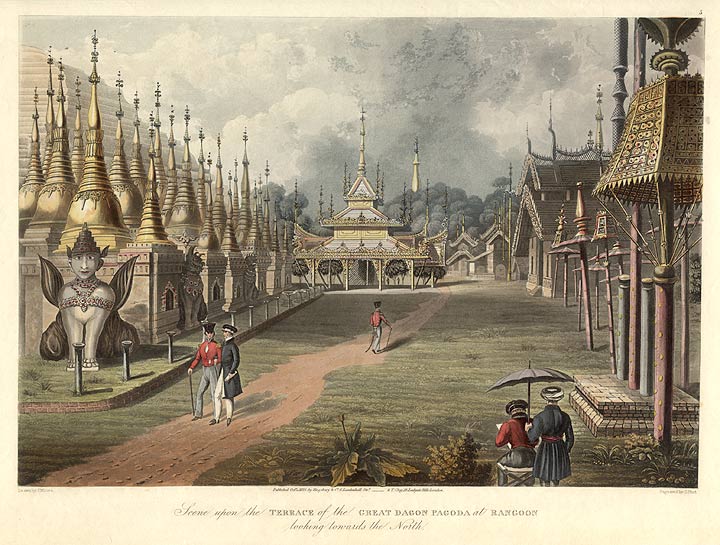|
Badan Chandra Borphukan
Badan Chandra Barphukan was the chief of Ahom forces in Lower Assam and betrayed the kingdom by inviting the Burmese invasions of Assam, Burmese to invade Assam. He was installed as the Prime minister by the Konbaung dynasty, Burmese and later assassinated by Subedar Rup Singh in 1818. He is generally held responsible for the beginning of foreign rule in Assam and North East India. References Military personnel from Assam {{India-mil-bio-stub ... [...More Info...] [...Related Items...] OR: [Wikipedia] [Google] [Baidu] |
Lower Assam
Lower Assam division is one of the 5 administrative divisions of Assam in India. It was formed in 1874, consisting of the undivided Kamrup district of Western Assam, undivided Darrang and Nagaon districts of Central Assam and Khasi & Jaintia hills of Meghalaya, created for revenue purposes. The division is under the jurisdiction of a Commissioner, who is stationed at Guwahati. The division currently covers the Western Brahmaputa Valley. Shri Jayant Narlikar, IAS is the current Commissioner of Lower Assam division. History Most parts of Lower assam districts were under rule of the Kingdom of Bhutan until the 19th century. Districts Lower Assam division contains 12 districts, namely Dhubri, South Salamara, Kokrajhar, Chirang, Bongaigaon, Goalpara, Barpeta, Bajali, Nalbari, Baksa, Kamrup and Kamrup metropolitan. Among these, 3 districts namely Kokrajhar, Chirang and Baksa lie within Bodoland. # Districts within the Bodoland Territorial Region Demographics As ... [...More Info...] [...Related Items...] OR: [Wikipedia] [Google] [Baidu] |
Burmese Invasions Of Assam
There were three Burmese invasions of Assam between 1817 and 1826, during which time the Kingdom of Assam came under the control of Burma from 1821 to 1825. Locally, this period, called the ''manor din'' ( Assamese: "The days/period of the Burmese") by the people of Assam, is remembered with horror. The sharp drop in population due both to depredations as well emigrations left the erstwhile kingdom in shambles. It was the climactic period of the Ahom kingdom. The British, who were earlier reluctant to colonise Assam, came into direct contact with a belligerent Burmese occupying force. Following the First Anglo-Burmese War they annexed Assam and took Manipur as a subsidiary state. Background In the later part of 18th century, the Ahom kingdom in Assam was wreaked by series of rebellions. The Moamoria rebellion in Upper Assam and the Dundiya rebellion in Western Assam severely weakened the Ahom kingdom due to loss of lives and property. The Prime Minister Purnananda Burhagohain ... [...More Info...] [...Related Items...] OR: [Wikipedia] [Google] [Baidu] |
Konbaung Dynasty
The Konbaung dynasty (), also known as the Third Burmese Empire (တတိယမြန်မာနိုင်ငံတော်), was the last dynasty that ruled Burma from 1752 to 1885. It created the second-largest empire in history of Myanmar, Burmese history and continued the administrative reforms begun by the Toungoo dynasty, laying the foundations of the modern state of Burma. The reforms, however, proved insufficient to stem the advance of the British Empire, who defeated the Burmese in all three Anglo-Burmese Wars over a six-decade span (1824–1885) and ended the millennium-old Burmese monarchy in 1885. Pretenders to the dynasty claim descent from Myat Phaya Lat, one of Thibaw's daughters. An expansionist dynasty, the Konbaung kings waged campaigns against the Mizo Chieftainship, Lushai Hills, Möng Mao, Manipur, Assam, Kingdom of Mrauk U, Arakan, the Mon people, Mon kingdom of Restored Hanthawaddy Kingdom, Pegu, Siam, and the Qing dynasty of China—thus establis ... [...More Info...] [...Related Items...] OR: [Wikipedia] [Google] [Baidu] |

